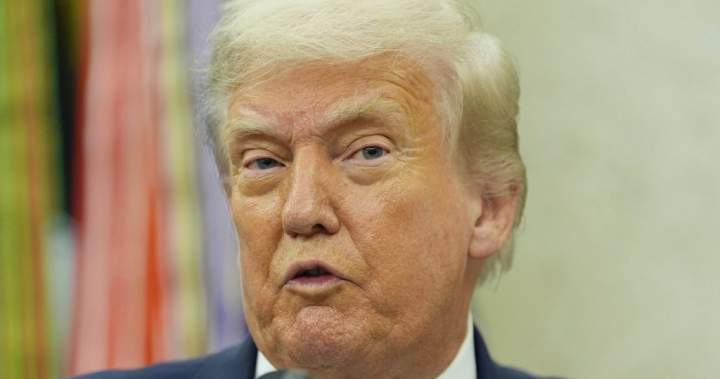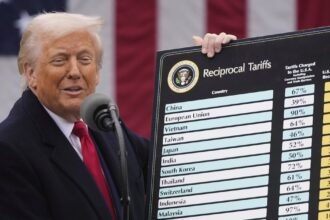In a move that has sent shockwaves through global technology markets, former President Donald Trump has unveiled plans for potentially imposing tariffs of up to 100% on imported semiconductors if he returns to the White House in 2024. This dramatic proposal, announced during a recent campaign stop in Michigan, represents one of the most aggressive trade positions yet in his bid to recapture the presidency.
“We’re going to put a 100% tariff on every single car that comes across the line, and we’re going to put a 100% tariff on semiconductors,” Trump declared to supporters, linking the semiconductor industry directly to his broader protectionist trade agenda. The announcement comes at a time when the global chip industry is already navigating complex supply chain disruptions and geopolitical tensions.
Industry analysts are scrambling to assess the potential impact of such severe tariffs on the U.S. economy. The semiconductor industry serves as the backbone of virtually all modern technology, from smartphones and computers to automobiles and defense systems. According to the Semiconductor Industry Association, the U.S. currently imports approximately $50 billion worth of semiconductors annually, with significant volumes coming from Taiwan, South Korea, and China.
“Trump’s proposed tariffs would dramatically reshape global supply chains and potentially drive up costs for American consumers and businesses,” explains Dr. Eleanor Simmons, Chief Economist at the Technology Policy Institute. “While the intention may be to bolster domestic production, the immediate effect would be higher prices across virtually all technology sectors.”
The timing of Trump’s announcement is particularly significant as it follows the Biden administration’s implementation of the CHIPS and Science Act, which allocated $52.7 billion to boost domestic semiconductor manufacturing. The U.S. currently produces only about 12% of the world’s semiconductor supply, despite pioneering much of the technology.
Trump’s tariff proposal has drawn mixed reactions from across the political spectrum. Supporters view it as a bold move to reestablish American manufacturing dominance, while critics warn about potential retaliatory measures from trading partners and the prospect of increased consumer costs during an already challenging economic period.
The semiconductor industry has become increasingly entangled in geopolitical considerations, with Taiwan’s TSMC—producer of roughly 90% of the world’s most advanced chips—sitting at the center of growing tensions between the United States and China. Trump’s proposed policy would add another layer of complexity to this already precarious situation.
Economic projections suggest that implementing a 100% tariff could increase the cost of electronic devices by 15-30% for American consumers. The automotive industry, already struggling with chip shortages in recent years, could face particularly severe disruptions as modern vehicles contain thousands of semiconductor components.
Congressional response has been swift, with representatives from both parties expressing concerns about the potential economic fallout. Senator Mark Warner (D-Virginia), who co-sponsored the CHIPS Act, cautioned that “while strengthening domestic semiconductor production is crucial for national security, blanket tariffs could undermine our technology leadership rather than enhance it.”
As financial markets digest this announcement, technology stocks have experienced notable volatility. Major semiconductor companies with significant U.S. operations have seen their share prices fluctuate as investors attempt to predict winners and losers in a radically altered trade landscape.
For Canadian technology firms and consumers, the prospect of American semiconductor tariffs raises concerning questions about North American supply chain integration and the future of technology pricing. Many Canadian technology manufacturers rely heavily on the same global semiconductor supply chains that would be disrupted by Trump’s proposed policy.
As the 2024 presidential campaign intensifies, Trump’s semiconductor tariff proposal adds another significant dimension to the economic policy debate. The question remains: can protectionist trade policies effectively rebuild America’s technological manufacturing base, or will they instead isolate the U.S. from global innovation networks that have fueled decades of technological advancement?











